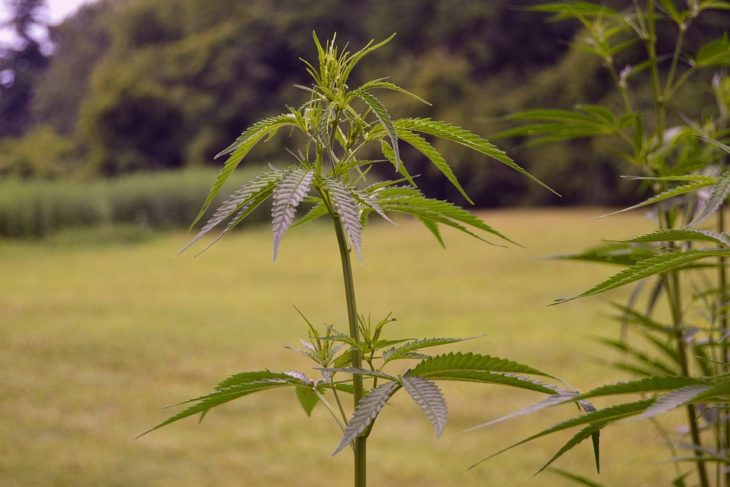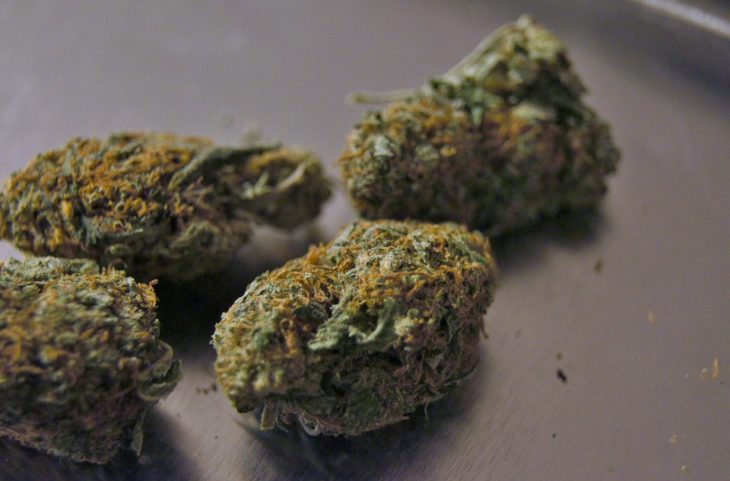Medical marijuana has had a long and difficult road to get to where it finds itself in 2018. Although MMJ has many proven health benefits, and can ease symptoms of a wide variety of illnesses and afflictions, the progressive drug therapy has seen itself radically criminalized in some circles, and continues to be a point of contention for many conservative governors, senators, and councilmen/women. However, the outlier medicine has made fantastic strides over the last decade or so, which means that 2018 is looking to be the year the pendulum swings fully in favor of MMJ and its assorted infrastructure.
The tide started to turn way back in 1996, when California became the first state to legalize medical marijuana. This was a big deal 22 years ago, and although it wasn’t the first state to complete the circle and legalize recreational marijuana (that particular accolade goes to Colorado and Washington simultaneously), the Golden State has continued to be a frontrunner in marijuana advocation and legislation throughout the past two decades. The state legalized recreational marijuana the day after a tumultuous presidential election, and can (in theory) start selling the drug this year. More on that later.

Will 2018 be a turning point for medical marijuana in the U.S.? We think so.
Currently, 29 states (and Washington D.C.) have legalized medical marijuana, so we’re well past the halfway threshold in terms of cumulative state legislation. Signs are strong that the 30th state won’t be too far off, and several more look set to follow throughout 2018, meaning that this year could potentially see the biggest turnover of states to pro-green status since California ruled in MMJ’s favor 22 years ago. However, because medical marijuana doesn’t constitute a federal initiative, the way these 29-and-counting states are approaching MMJ is wildly different, and can have consequences for patients depending on their location.
Evidence of these interstate discrepancies can be found in the case of New York. The East Coast state has long been considered a liberal bastion, and can usually stand toe-to-toe with the large liberal stronghold on the West Coast that is California. However, when it comes to medical marijuana, New York seemed to stumble; this is largely due to the governor of New York, Andrew Cuomo, being highly against marijuana in general, and seeing it as a “gateway drug,” even in a medicinal capacity. This didn’t stop MMJ being legalized in New York in 2014, but it was introduced as one of the most restrictive and conservative programs anywhere in the country, which surprised many people. One obvious example of this restrictiveness is that patients could not consume the drug in its leaf form, which has been regarded as the most potent form, and the most likely to help ease symptoms.
Fortunately, in 2018, patients could see the situation change for the better, courtesy of NY’s neighbours, New Jersey. Intense advocation has already seen the qualifying condition “chronic pain” added to the list, which has opened up MMJ care to whole host of patients who could previously not access it. 2018 will more than likely see recreational marijuana legalized in New Jersey, as well as Massachusetts and even Connecticut, surrounding New York with liberal marijuana laws. Under that kind of pressure, Cuomo and the conservative elements of New York are sure to crack, paving the way for recreational marijuana, and helping the cause of medical marijuana in the process.

The legalization of recreational marijuana is in fact helping the cause of medical marijuana in several ways.
You might wonder why medical marijuana has a place at all if recreational marijuana is taking the country by storm. In fact, the opposite is proving to be true; the legalization of recreational marijuana only serves to heighten the importance, and provide advantages to, the cause of MMJ. Take California as an example. Recreational marijuana was due to start being legally sold in the state as of January 1st, 2018. However, due to intense concerns about expanding a previously black market-based operation into the full light of legality, it has yet to occur, and looks like it won’t for some time.
What has occurred is a sales tax break for patients using medical marijuana, which is fantastic news for those who are committed to using the drug to treat their ailments. Also, the specialist care that doctors provide to patients when it comes to selecting the correct strain of marijuana for their conditions is still paramount; self-medicating with recreational marijuana is a very poor idea indeed.
So, the advancement of medical marijuana and recreational marijuana laws go hand in hand; instead of one eclipsing the other, they in fact work in tandem. This has already been proven at the start of the year in California, and as 2018 goes on and both causes are furthered simultaneously, the future looks bright for medical marijuana. Even though it’s only March, it’s easy to see why many people are considering this year the best year yet for MMJ; and with many months still to go, it could shine brighter yet.
